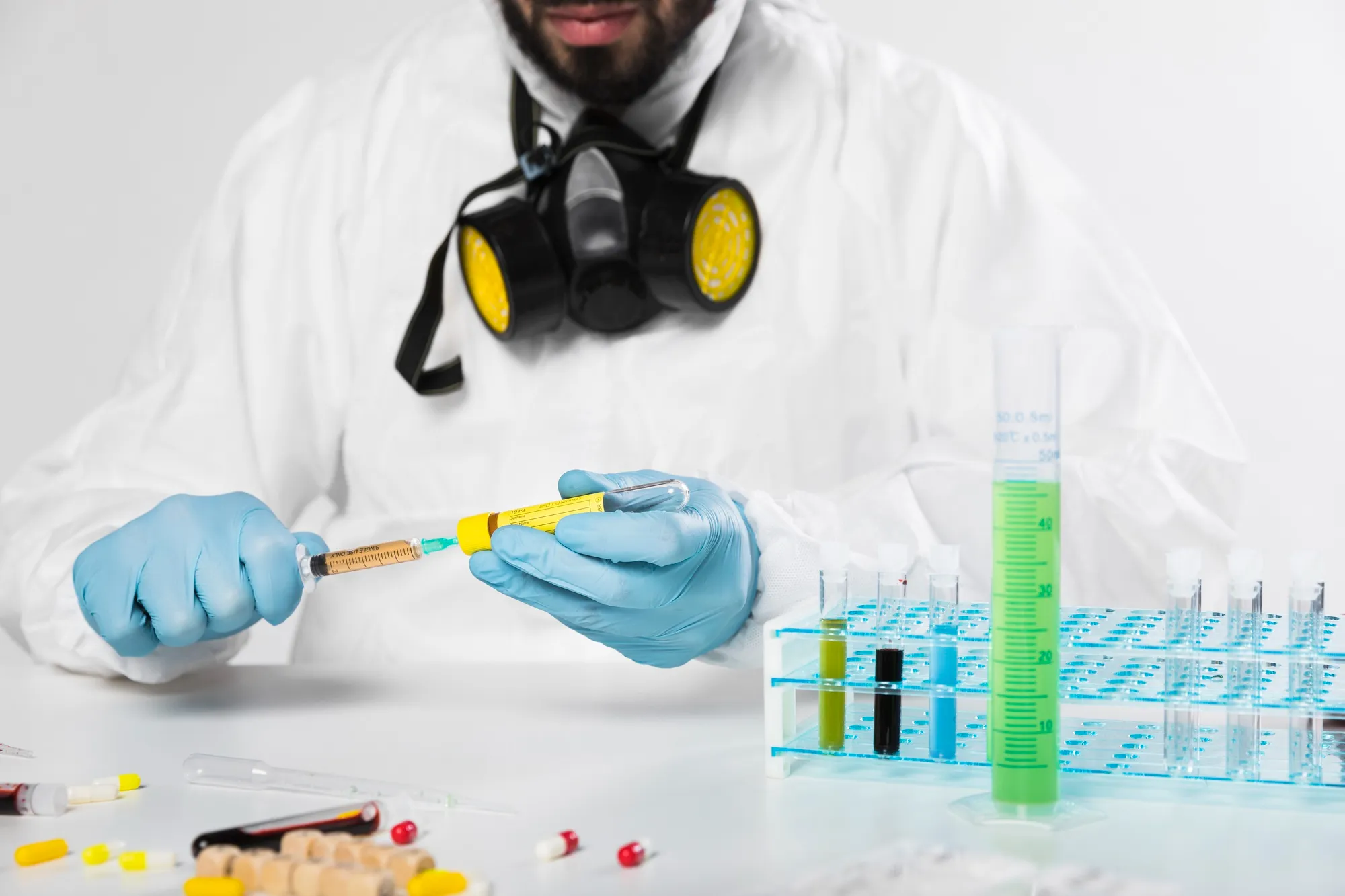Introduction
The pursuit of precision in drug delivery continues to make significant strides with the latest study focusing on optimizing the in vitro–in vivo correlation (IVIVC) for extended-release formulations. A new study published in the ‘Chemical & Pharmaceutical Bulletin’ explores a pioneering dissolution approach for tacrolimus-loaded microspheres, aiming to improve the predictability of how these drug carriers behave once administered into the human body. Tacrolimus, an immunosuppressive drug widely used in organ transplant patients, presents a challenge in ensuring consistent drug release and absorption. The study, conducted by researchers from the University of Shizuoka and Astellas Pharma Inc., introduces a groundbreaking method that may hold the key to addressing this challenge.
The Study Explained
The peer-reviewed article (DOI: 10.1248/cpb.c18-01018) titled “Novel Dissolution Approach for Tacrolimus-Loaded Microspheres Using a Dialysis Membrane for in Vitro–in Vivo Correlation,” presents a unique in vitro dissolution evaluation for tacrolimus microspheres using a tailored paddle-dialysis membrane assembly within a conventional dissolution apparatus. This novel approach was conceived to better replicate the in vivo conditions and predict the pharmacokinetic (PK) profile of tacrolimus microspheres. The findings of this study were contrasted with other existing methods, highlighting the limitations and potential enhancements in dissolution testing.
The Conventional vs. The Novel Approach
Historically, the conventional paddle method has been used to measure drug dissolution properties. However, it has shown disadvantages, notably in failing to encapsulate the full scope of the ‘initial burst’ – an abrupt release of a significant percentage of the drug during the first phase of release from microspheres. In contrast, the newly established method encompasses the use of a paddle method combined with a dialysis membrane with internal agitation designed to mimic the physiological conditions more closely.
Findings and Conclusions
The study concluded that while the conventional paddle method outside the dialysis membrane adequately described the initial burst, it fell short in predicting the overall PK profile of the microspheres. The inclusion of a dialysis membrane with internal agitation using the paddle method yielded a more accurate representation of in vivo behavior, apart from the initial burst. The researchers recommend a dual evaluation, using both the classic paddle method for initial burst assessment and the innovative paddle-dialysis membrane method to forecast the full PK profile. This dual approach is suggested as a more comprehensive strategy for understanding drug release from microsphere formulations.
Implications and Future Research
The implications of this study are significant for the pharmaceutical industry, particularly in the field of extended-release formulations. By improving the predictability of the drug’s behavior once administered, the findings can lead to more tailored and effective treatment regimens with optimized dosing schedules. Future research, as recommended by the study’s authors, could focus on broadening the applicability of the new method to a wider range of drugs and delivery systems.
Keywords
1. Tacrolimus Microspheres
2. IVIVC
3. Drug Dissolution Testing
4. Paddle-Dialysis Membrane Method
5. Extended-Release Formulations
References
1. Kaihara, M., et al. (2019). Novel Dissolution Approach for Tacrolimus-Loaded Microspheres Using a Dialysis Membrane for in Vitro–in Vivo Correlation. Chemical & Pharmaceutical Bulletin, 67(5), 467-475. DOI: 10.1248/cpb.c18-01018.
2. Wagner, J. G., & Nelson, E. (1963). Per Cent Absorbed Time Plots Derived from Blood Level and/or Urinary Excretion Data. Journal of Pharmaceutical Sciences, 52(6), 610–611. https://doi.org/10.1002/jps.2600520620
3. Gupta, P., et al. (2013). Strategies for effective oral insulin delivery with modified chitosan nanoparticles: A review. Progress in Polymer Science, 38(11), 1457-1477. https://doi.org/10.1016/j.progpolymsci.2013.09.006
4. Lee, P. I. (1985). Predicting Drug Absorption from Dissolution Data. V: Effects of Non-Sink Condition and Absorption-Rate Limitation on the Predictive Power of the Wagner-Nelson and Loo-Riegelman Methods. Journal of pharmaceutical sciences, 74(9), 1015–1019. https://doi.org/10.1002/jps.2600740931
5. Sutton, S. C. (2011). Bioequivalence and In Vitro–In Vivo Correlation for Lipid-Based Formulations. Expert Opinion on Drug Metabolism & Toxicology, 7(12), 1597-1610. https://doi.org/10.1517/17425255.2011.633517
By addressing the limitations identified in the current study and incorporating elements like inter-individual variability and multiple dissolution rates, enhancements in the IVIVC models will undeniably be on the horizon. Given the significance of tailored and precise pharmacotherapy in modern medicine, such advancements will inevitably be instrumental in the development of next-generation formulations that can offer more predictable, efficient, and safer therapeutic outcomes for patients worldwide.
